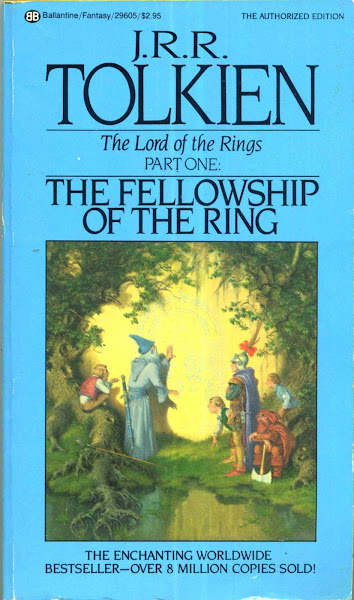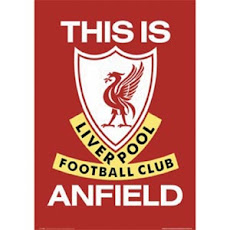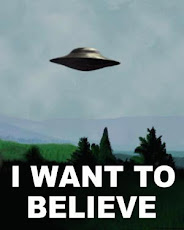(from my Monday September 17, 2007 column in Business Mirror)
Revisionist History
by Rick Olivares
In the wake of the shocking and disappointing news of Greg Oden’s unfortunate knee injury before he even played one NBA minute, the rabble-rousers have popped out of the woodwork. “Sam Bowie 2.0” sounds like a clever headline but is nothing more than a malicious distortion of the facts.
During Oden’s medicals or even as far back as the draft, there were already reports that the Portland Trailblazers were concerned about his knees. But whether true or not, the Blazers gambled for it’s common for teams to float unsavory rumors about certain picks so no one else would grab them before they did.
It was a tantalizing conundrum… to select Oden or the possibly otherworldly Kevin Durant who basketball observers have already tagged as the next in a long line of next-Jordans. Watching Oden in last year’s NCAA’s was like the second coming the great Bill Russell (the way I saw him in those vintage NBA games). When you watched matches by the Ohio State Buckeyes it was like you were off to the races. Oden would block errant shots, tip it to himself then zip it to point guard Mike Conley Jr. for the fastbreak. He was so good that he was even considered for the US national team to the FIBA Americas. Last June 28, when the Blazers, giddy with the karmic good fortune it was dealt after years of having to suffer teams of malcontents and oddball millionaires, selected Oden. Overnight, orders for 3,500 new season tickets were placed (that’s huge when you consider that the homecourt Rose Garden has a capacity of only 19,980). Six thousand fans trooped to Garden to celebrate when Oden’s named was called out by David Stern as Portland’s pick.
And now even before Oden has played a single NBA minute and before he could make the ugly #52 on his jersey a household favorite, he’s “Sam Bowie 2.0.”
If you’ve never heard of Bowie, sports cognoscenti only make him out to be the greatest sports blunder ever. They say that instead of taking in Michael Jordan with the second pick, the Blazers, to their eternal folly, chose the University of Kentucky center whose pro career was curtailed by an assortment of knee injuries. And that is why they say – to quote the loquacious Yogi Berra -- is like déjà vu all over again with Oden.
Following the Trailblazers’ failure to defend their NBA crown in 1978 because of an injury to Bill Walton (notice the franchise’s bad luck when it comes to selecting highly-touted centers), Portland brought in Minnesota Gophers center Mychal Thompson and Arkansas Razorback Ron Brewer to help out enforcer Maurice Lucas and Clemon Johnson. But still they were ousted in the first round of the play-offs. From that time on, they drafted well selecting an assortment of guards and forwards who contributed to their success: Jim Paxson, Ronnie Lester, Jeff Lamp, Darnell Valentine, Fat Lever, and Clyde Drexler. Save for 1981-82, Portland made the play-offs every year then and went as far as the second round. But they still needed help upfront.
Although they brought in Wayne Cooper to shore up their frontline they were getting beaten off the boards by their conference mates. Phoenix had inside operators Larry Nance and James Edwards who got plenty of support from their ex-teammate Maurice Lucas who signed with the Suns in the off-season. The San Antonio Spurs had shot-blocking Artis Gilmore. The Seattle Supersonics paraded Jack Sikma and David Thompson. The Utah Jazz clogged the middle with man mountain Mark Eaton. The Los Angeles Lakers had Kareem Abdul-Jabbar and Bob McAdoo, and Houston had their elongated trio of Ralph Sampson, Caldwell Jones, and an aging Elvin Hayes.
Conventional wisdom back then dictated that you won with a dominant center. With the 1984 draft approaching, there were two primo centers available, the University of Houston’s Akeem Olajuwon and Kentucky’s Bowie. Houston had the first pick and Portland the second. Chicago with then General Manager Rod Thorn had the third pick.
The Chicago Tribune in the June 17, 1984 issue contained this hitherto unnoticed bit of info regarding their choice of players:
“Frustrated in their bid to land center Jack Sikma from Seattle, the Bulls again went after ex-De Paul star Terry Cummings last week. A proposed three-way trade involving Cummings' Los Angeles Clippers, the Dallas Mavericks and the Bulls reportedly fell through.
"That left only two established starting centers available: Tree Rollins of the Atlanta Hawks and Joe Barry Carroll, a free agent anxious to leave the Golden State Warriors. Carroll's agent, Howard Shusher, is demanding a long-term contract at $2 million a year. 'Atlanta is willing to trade Rollins to us but the asking price is prohibitive,' Thorn said. 'We might consider giving Carroll an offer sheet.
"The Bulls' decision to select Jordan, a 6-foot-6-inch All-America guard with unlimited potential was dictated by their No. 3 position in the draft order. Lack of a dominating center is the major reason they have lost 111 games in the last two seasons, but there are only two can't miss pivotmen this time - and both will be gone by the time the Bulls make their choice."
It made no sense for Portland to draft Jordan because they had a very good team that was on the rise and an athletic guard in Drexler who could do the same things UN Tar Heel did. And the Blazers also added another high scoring player in Kiki Vandeweghe. Besides the knock on His Airness when he was in college was that he had a suspect jump shot. Mychal Thompson was a good center albeit a rather thinly built one. They needed a bulkier player to deal with the likes of Jabbar. It should be noted that Thompson was the Lakers’ x-factor when he helped them to the 1987 & 88 titles while backing up Jabbar.
Jordan later acknowledged that he might have not developed into the player he was had he gone to Portland. Sure Portland would have probably won a title or two with him in the line-up but back then they ran a certain system under coach Jack Ramsay that would have restricted his development. Jordan pointed out that Bulls’ coach Kevin Loughery turned over the offense to him and that gave him the wherewithal to grow as a player by taking responsibility head on.
The draft was held in June and even though Jordan wowed audiences during the 1984 Los Angeles Summer Olympics (held on July 28-August 12), no one knew just how good he would turn out to be.
Bowie averaged 10 points and 8.6 rebounds in 76 contests during his rookie year while helping Portland to a 42-40 record.
Jordan averaged 28.2 points, 6.5 caroms, and 5.9 assists in 82 games on his way to Rookie of the Year honors. Chicago finished with a 38-44 record.
Both players made the All-Rookie Team.
Bowie played for 10 years for three teams and when he was healthy provided solid rebounding and deft passing from the post. He finished with an average of 10.9 points, 7.5 rebounds, and 1.78 blocks per outing. Plus he canned 30.2% of his three-point shots.
Sam Bowie was never a bad pick. He played solid hoops while being an upstanding member of the team; something I don’t think we can say about many of the past Blazers.
So go easy on unfair labels such as “Bowie 2.0” and Greg Oden. After all, the jury’s still out just like his rookie year.
Monday, September 17, 2007
Revisionist History
Subscribe to:
Post Comments (Atom)









No comments:
Post a Comment